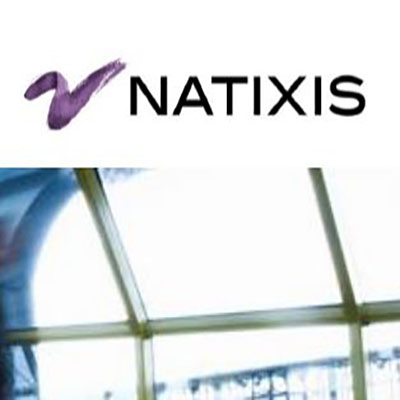Investment banking

Started on Jan. 6, 2020
In this project, we construct optimal portfolios that hedge an option, the Equinox, issued by the bank to an investment manager who wants to invest with the guaranty to maintain his capital . The investor is willing to pay a premium, as small as possible, to benefit from the guaranty.
The equinox is a long term option that pays :
where
is the value of the underlying asset (individual stock, stock index,...) at time t . T is the maturity of the option, and K is typically the forward price of the underlying asset. Usually the maturity of such option is 10 years. For this project the maturity is reduced to 5 years to lower the hedging time, and thefore to lower the complexity of the optimization.
Usually, such an option is expensive. The autocall feature lowers its price. At an intermediate date R
The goal is to determine 3 strategies associated with 3 different limits L:
first case : L = 0.1
Second case : L = 0.2
Third case: L = 0.5
A submission consists,for each of the 3 limits and for each of the 5000 trajectories, of the optimal delta hedging strategy. For each limit, an average of the replication cost is computed. The score of your submission is the average of these 3 averages.
In case of a tie, an additional measure is computed: the expected shortfall. If two participants have the same score, the winner is the one with the expected shortfall associated with the 1% limit.
A submission consists therefore in a CSV file made of 15000 X 260 real numbers, i.e., 5000 X 260 real numbers for each limit.
The submission has to represent a hedge in delta for the vega hedged Equinox. Therefore, the following constraints should be enforced:
For each trajectory, the sum of the deltas should be equal to the payoff of the Equinox on the trajectory, which depends, of course, on the exercise of the callability.
At each date the averall delta is the sum of the delta of the option, the delta of the vega hedge and H_hedge. This sum should be less than the limit L.
There are several datasets available:
Click here to access the datasets
The official one is X_Validation_new2.CSV
The official data set is made of a CSV file of 5000 lignes. Each ligne includes the following information :
261 Values of : the spot price.
261 values of : the instantaneous volatility of the underlying at time t, and also the proxy for implied volatilty. (cf. attached paper) - not needed for this project.
261 values of : the parameter of the instantaneous correlation process between the underlying and its volatility. (cf. attached paper) - not needed for this project.
261 values of : the autocall value at time t.
261 values of : the delta of the autocall at time t.
261 values of : the vega of the autocall.
261 values of : the vanilla call option value at time t.
261 values of : the delta of the the vanilla call option at time t.
261 values of : the vega of the the vanilla call option at time t.
If you run into overparametrization problems which generate unstabilities, it may be interesting to use additional trajectories to stabilize the optimization. The suplementary file contains a set of 25 000 trajectories (together with the associated data described above) to help you stabilizing the optimization.
The X-train dataset is the same as the X-test dataset. Training can be done only with the X-test. But it is advised to use the extended X_Supplementary_Training_new2.csv included in the supplementary files in order to obtain better stability while optimizing.
The time series used in this dataset are not arbitrage-free. They are given in a historical measure instead of a the delta neutral measure. The benchmark, described below, does'nt generate any profit. Will you be smart enough to exploit those arbitrages and make the autocall business profitable while respecting the risk policy?
There is a whole range of possible strategies that deliver the payoff. Among all those strategies, there is a strategy that minimizes the expected replication cost, but its risk profile is costly according to the expected utility measure.
This is the benchmark used for this project.
The average replication cost for the 3 limits is 7.6%, which is very high. This result comes from the disretization of the hedge (which makes the replication less accurate), the transaction costs and the wrong computation of the hedge ratios due to the use of the wrong model (Black and Scholes). But above all, it comes from the vega hedging which is imposed by the risk control.
Files are accessible when logged in and registered to the challenge
